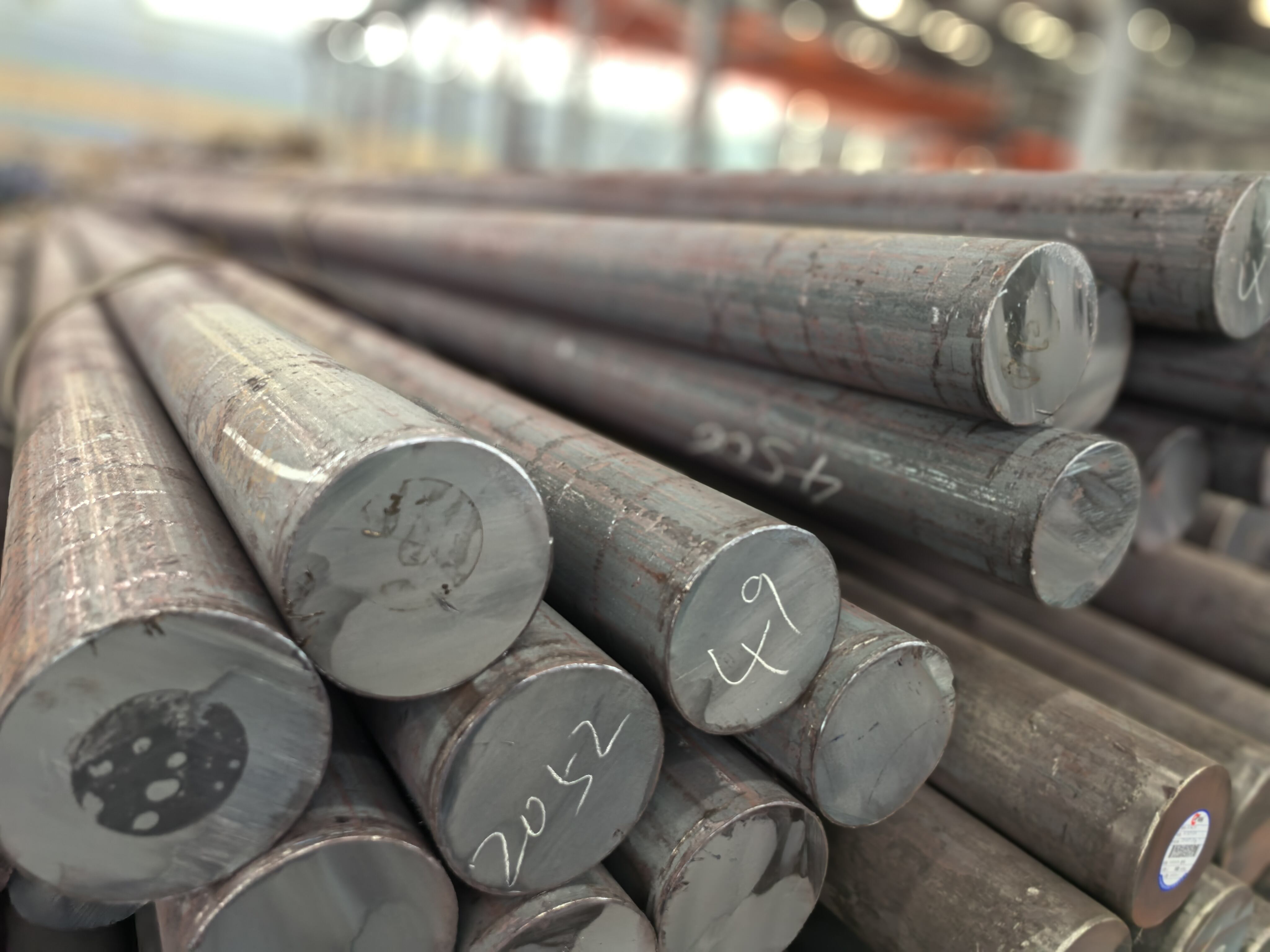Understanding the Revolutionary Alloy That Powers Modern Industry
In the evolving landscape of metallurgy, Cr-Mo steel stands as a testament to human innovation in material science. This remarkable alloy, combining chromium and molybdenum with steel, has become an indispensable material across numerous industrial applications. Its unique properties have revolutionized everything from aerospace components to power generation equipment, making it one of the most versatile and reliable materials in modern engineering.
The significance of Cr-Mo steel extends far beyond its basic composition. Its exceptional combination of strength, durability, and heat resistance has made it the material of choice for critical applications where failure is not an option. As we delve deeper into this remarkable alloy, we'll discover why engineers and manufacturers worldwide continue to rely on its outstanding properties.

Composition and Properties of Cr-Mo Steel
Chemical Makeup and Structure
Cr-Mo steel derives its exceptional properties from a carefully balanced combination of elements. The primary alloying elements are chromium (Cr) and molybdenum (Mo), which are added to carbon steel in specific proportions. Typically, chromium content ranges from 0.5% to 9%, while molybdenum content varies between 0.5% and 1%. This precise composition creates a material structure that exhibits remarkable characteristics under various conditions.
The addition of these elements transforms ordinary steel into a high-performance alloy. Chromium enhances corrosion resistance and oxidation protection, while molybdenum improves hardenability and high-temperature strength. The synergistic effect of these elements results in a material that maintains its structural integrity even under extreme conditions.
Key Performance Characteristics
The distinctive properties of Cr-Mo steel make it particularly valuable in demanding applications. It demonstrates exceptional creep resistance, which means it maintains its strength and shape even under prolonged exposure to high temperatures and stress. This characteristic is crucial in applications where components must operate reliably for extended periods under challenging conditions.
Furthermore, Cr-Mo steel exhibits superior resistance to thermal fatigue and excellent weldability. Its ability to withstand cyclic temperature changes without degradation, combined with its ease of fabrication, makes it an ideal choice for complex industrial components. The material also shows remarkable resistance to hydrogen embrittlement, a critical feature for applications in hydrogen-rich environments.
Industrial Applications and Uses
Power Generation Equipment
In the power generation sector, Cr-Mo steel plays a vital role in manufacturing critical components. It is extensively used in steam turbines, boilers, and pressure vessels where materials must withstand high temperatures and pressures consistently. The alloy's resistance to creep and thermal fatigue makes it ideal for superheater tubes, steam pipes, and turbine rotors.
Modern power plants rely heavily on Cr-Mo steel components to maintain operational efficiency and safety. The material's long-term stability and predictable performance characteristics help ensure reliable power generation while minimizing maintenance requirements and downtime.
Aerospace and Transportation
The aerospace industry leverages Cr-Mo steel's unique properties in various applications, from engine components to structural elements. Its high strength-to-weight ratio and resistance to fatigue make it particularly suitable for aircraft landing gear, engine mounts, and critical fasteners. The material's reliability under extreme conditions ensures the safety and performance of modern aircraft.
In the automotive sector, Cr-Mo steel finds applications in high-performance components such as crankshafts, connecting rods, and transmission gears. Its ability to handle high stress and maintain dimensional stability under varying temperatures makes it invaluable in modern vehicle design.
Manufacturing and Processing Techniques
Heat Treatment Procedures
The optimization of Cr-Mo steel properties relies heavily on proper heat treatment procedures. These processes typically involve carefully controlled heating and cooling cycles to achieve desired mechanical properties. Normalizing, quenching, and tempering are common heat treatment methods used to enhance the material's strength and toughness while maintaining its ductility.
Advanced heat treatment techniques can be tailored to specific applications, allowing manufacturers to optimize the material's properties for particular use cases. The precise control of temperature and cooling rates during these processes is crucial for achieving consistent and reliable results.
Welding Considerations
While Cr-Mo steel offers excellent weldability, successful joining requires careful attention to specific procedures and parameters. Proper preheating and post-weld heat treatment are essential to prevent cracking and ensure joint integrity. The selection of appropriate welding consumables and techniques must account for the material's composition and intended service conditions.
Modern welding technologies and procedures have been developed specifically for Cr-Mo steel, enabling fabricators to create complex components while maintaining the material's superior properties. These advanced welding methods help prevent common issues such as hydrogen cracking and loss of mechanical properties in the heat-affected zone.
Future Trends and Developments
Emerging Technologies
The evolution of Cr-Mo steel continues with ongoing research into advanced manufacturing techniques and improved compositions. Developments in powder metallurgy and additive manufacturing are opening new possibilities for creating complex components with optimized properties. These innovations promise to expand the applications of Cr-Mo steel while reducing production costs and improving performance.
Research into nano-modified variants of Cr-Mo steel shows promising results for enhancing specific properties while maintaining the material's core advantages. These developments could lead to new generations of high-performance alloys tailored to increasingly demanding applications.
Sustainability Considerations
As industry focuses more on sustainability, the role of Cr-Mo steel in enabling efficient, long-lasting equipment becomes increasingly important. Its durability and recyclability contribute to reduced environmental impact over the lifecycle of components. Manufacturers are also exploring ways to optimize production processes to reduce energy consumption and emissions.
The development of more efficient recycling methods and the integration of recycled content in new Cr-Mo steel production represent important steps toward more sustainable manufacturing practices. These efforts align with global initiatives to reduce the environmental impact of industrial materials and processes.
Frequently Asked Questions
How does Cr-Mo steel compare to standard carbon steel?
Cr-Mo steel offers significantly higher strength, better heat resistance, and superior corrosion protection compared to standard carbon steel. These enhanced properties make it more suitable for demanding applications, though it typically comes at a higher cost due to the addition of alloying elements and more complex processing requirements.
What are the typical service temperatures for Cr-Mo steel?
Cr-Mo steel can effectively operate at temperatures ranging from cryogenic levels up to 600°C (1112°F) or higher, depending on the specific grade and composition. The material maintains its strength and structural integrity within this range, making it ideal for high-temperature applications in various industries.
How long can Cr-Mo steel components last in service?
When properly manufactured and maintained, Cr-Mo steel components can remain in service for decades. The actual service life depends on factors such as operating conditions, stress levels, and maintenance practices. Many power plant components made from Cr-Mo steel have demonstrated reliable performance for 30 years or more under continuous operation.


